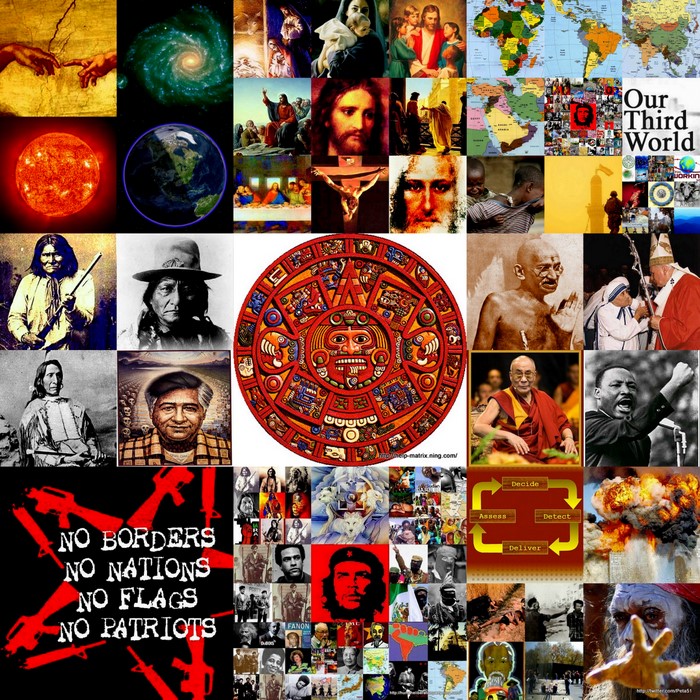++++

++++
Tongva Language & Culture

Revitalizing California's tribal cultural life is very difficult because, by the 20th century, most of the tribes were almost extinct. Before contact, there had been around 300,000 Native Americans in what would become California. There were more Indians per square mile than anywhere north of Mesoamerica because the climate supported rich sources of food without the need to farm — acorns, fish, shellfish, deer and small game were readily available. There were over 60 main tribal cultural areas and over 100 distinct languages.
The Tongva are a fascinating example of the California Indian experience. Before contact, they lived in what became Los Angeles. They were good fishermen and exploited the rich plants in the area for food and medicines. They had a complex social and political organization marked by the use of a bead money system. Like many California tribes, they made tightly woven baskets.
In this special video segment — available only here and on the DVD — Mark Acuña talks about how he and other Tongvas recreated a dead language from dusty records and scratchy wax cylinder recordings.
As a result, today, indigenous languages and cultures in California are among the most endangered in the U.S. and as native speakers died, so did their language.
For instance, the last member of the Yana tribe, a man named Ishi, lived out the last years of his life as an exhibit in an anthropology museum in San Francisco. He died in 1916.
In addition, Native California languages were discouraged because the state of California refused to establish reservations for most tribes. Without their own land base, most California tribes were dispersed throughout the larger culture and had a difficult time finding other tribal members to converse with. The language communities had no home base to regroup and maintain their culture.
That was the case with the Tongva. The last native speaker died in the mid-1970s almost without notice. No one thought to talk with that speaker, to record his words and pronunciations. Even other members of the tribe thought the language was dead.
Then, along came Mark Acuña. Ironically, Mark had been raised unaware of his tribal heritage. He believed that the Tongva — or as they had been renamed by the Spanish, the Gabrielino — were extinct. He was light-skinned and had been raised by his father and grandparents as white. They wanted him to be able to get an education and assimilate into the American culture. He did. He studied ethnobotany and became a college professor.
It wasn't until he was around 50 years old that he went to hear a Tongva woman speak about medicinal plants that the tribe had used. He was ready to argue with her that the tribe was extinct. Then he recognized the plants she was talking about as the same plants his grandfather grew. He remembered someone saying his grandfather had been a Tongva medicine man. Then his father told him how the family decided to keep his ancestry from him so he could pass as white.
As Mark Acuña recounts in A Seat at the Drum, his father "pulled out the abalone shell, and I just looked at it. And it was filled with sage, and he lit it and blessed me. And I just, I just fell apart."
Mark was home. He became a student of a tribal heritage he never knew he had. When he realized the language was "moribund" — that is, not being spoken anymore — he starting searching for accounts of the Tongva language in academic archives. Ironically, he found good accounts in the records of the same missionaries who had devastated the tribe in the 1700s.
In this special video feature — a segment not used in Indian Country Diaries and available only here and on the DVD — Mark talks about recreating the language from scratch.Today, other California tribal members — like Mark Macarro of the Pechanga tribe — are recreating and learning their own languages. The Tongva and 35 other California tribes are fighting to get the federal government to recognize them as official tribes eligible for federal programs and sovereignty rights. But the process is torturous because California Indians are the most land-poor tribes in the country. In the 1850s and again in the 1950s, the U.S. and state governments terminated tribal land rights. Mark Acuña and other members of the Tongva tribal council are tireless workers for federal recognition.
"We found pieces of vocabulary," Mark says. "We began to find fragments of songs. There is just something about greeting each other, and instead of saying, 'Hi, how are you?' to say, 'Nachochan.' Something happens to you inside that's rich. There's a music that happens in the blood of knowing that you're saying something or responding to something that someone else responded to somewhere around 2000 B.C. Someone said, "Hutoucklish" before Columbus even left Spain. And to know that you're part of that line, linguistically, is a great music in the blood."
In the meantime, the populations of the original California tribes have grown from a low of 16,000 total members in 1900 to 75,000. But they have been overwhelmed by the influx and growth of over 200,000 urban Indians from other tribes around the country through the Urban Indian Relocation Program. The indigenous tribes are being forced to fight to preserve their own identities under the pressures of a "pan-Indian urban culture."
c/s
++++++++++++++++++++++++++++++++++++++++
HELP-Matrix Humane-Liberation-Party Blog ~ http://help-matrix.blogspot.com/ ~
Humane-Liberation-Party Portal ~ http://help-matrix.ning.com/ ~
@Peta_de_Aztlan Blog ~ http://peta-de-aztlan.blogspot.com/ ~ @Peta_de_Aztlan
+++++++++++++++++++++++++++++++++++++++++


No comments:
Post a Comment
Please keep comments humane!